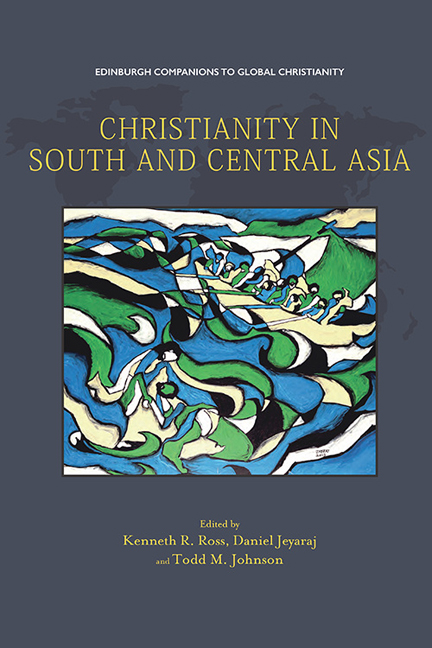Tribal Identity
Published online by Cambridge University Press: 30 April 2020
Summary
The terms ‘tribe’ and ‘tribal’ are used to tag a type of social organisation with a distinctive socio-cultural identity. Though there are many such groups in Asia, which are, as a rule, numerically much smaller units than nations or peoples, they share across the distinguishing lines of their specific identities characteristic traits that make it meaningful to speak of ‘tribes’, in the plural. All of them have a concept of common ancestry and descent and specific languages and cultural and historical traditions, and dwell in identifiable territories, which in many cases are still considered to be tribal land that is not privately owned. In some cases, the term ‘tribal’ overlaps with ‘indigenous’ peoples, but not all tribal societies are indigenous in the sense of having an aboriginal history – nor the other way around.
The term ‘tribe’ is resented by some because it is said to resonate with nineteenth-century social evolutionist theories in which ‘tribal’ indicated primitive culture. In India, however, ‘tribe’ is also a legal term. In order to enjoy certain privileges provided by the Indian constitution, a group needs to be recognised as a Scheduled Tribe or Caste. There are such tribal communities in Indian states such as Andhra Pradesh, Gujarat, Jharkhand, Madhya Pradesh, Maharashtra, Odisha, Rajasthan and the north-eastern states and in neighbouring countries such as Nepal and Bangladesh. All of the approximately 700 such groups in India have their own tribal names, which the Indian census lists. The larger groups, like the Bhil, Gond and Santal, count several million people, whereas smaller groups, like the Onge of the Andaman Islands, comprise no more than a few hundred.
Many of these tribals call themselves Adivasi, or the ‘first dwellers’. Although this is a Hindi/Sanskritic term, it keeps the memory that these peoples have been living in their areas for thousands of years, long before other groups settled there, for instance those described as Aryan or Dravidian. Refuting the concomitant diachronic concept that these peoples might claim to represent the indigenous (and hence older) population of the subcontinent, the Indian constitution highlights, so to speak, the synchronic dimension by classifying them as Scheduled Tribes of the Indian nation of today.
- Type
- Chapter
- Information
- Christianity in South and Central Asia , pp. 420 - 430Publisher: Edinburgh University PressPrint publication year: 2019



